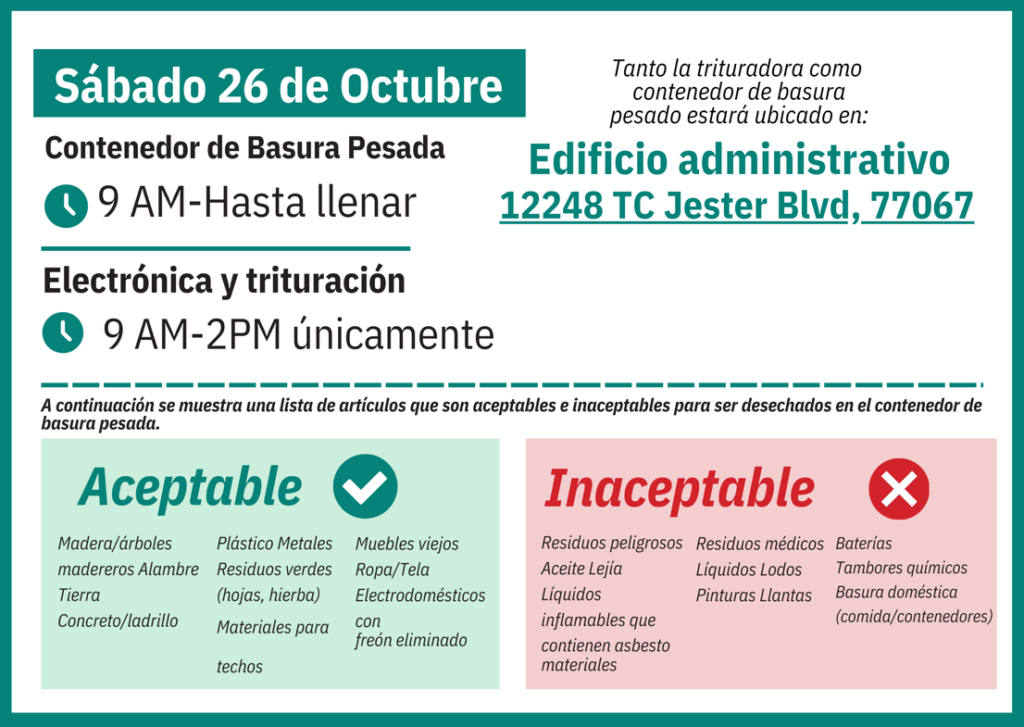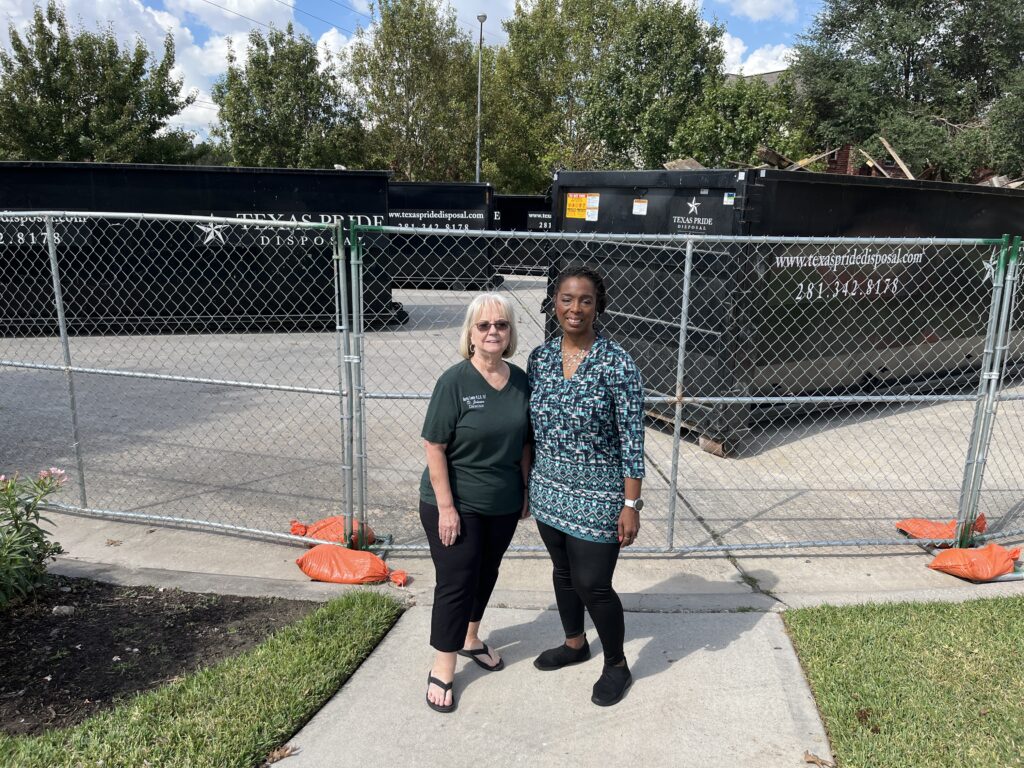Uncategorized
Home Winterization Tips
This winter season, it’s crucial to take proactive steps to protect your home from harsh weather. This guide provides helpful tips to help ensure that your home stays in top condition over the coming months.
Protecting Your Landscape
Fertilize Your Lawn: A well-nourished lawn is more resilient to winter’s chill. Apply fertilizer in October or November.
Mow Low: Keep your grass short to prevent frost damage. A 2-inch height is ideal.
Weed Control: Prevent spring weeds by applying a pre-emergent herbicide or a natural solution of vinegar, salt, and dish soap.
Winterizing Your Irrigation System
To avoid costly water damage from frozen pipes, follow these simple steps:
Manual Systems:
Turn off the water supply to your sprinkler system.
Open all manual drain valves to allow water to drain.
Close the drain valves once the system is completely drained.
Automatic Systems:
Turn off the water supply.
Open the drain cap between the main valve and the backflow device.
Lift sprinkler heads to drain any residual water.
Protecting Your Plants
While winter can be harsh on plants, there are steps you can take to minimize damage:
Identify Freeze Damage: Look for discolored leaves, split trunks, and bowing branches.
Pruning: Carefully prune damaged areas, but avoid excessive pruning.
Consult a Professional: For severe damage or uncertainty, seek advice from local plant experts.
By following these tips, you can protect your home and landscape from the winter elements. Stay warm and safe this winter!
Holiday Trash Service Disruptions
Residents,
Trash services are canceled for Thursday, November 28, 2024 in observance of the Thanksgiving holiday.
Collection will resume on Monday, December 2. Service may be delayed slightly that day due to high volume.
Happy Thanksgiving!
November 26, 2024 Board Meeting
The Board of Harris County MUD 217 will hold a regular meeting.
When: Tuesday, November 26, 2024 at 7:00 P.M.
Where: HCMUD 217 Administration Building, 12248 T.C. Jester Blvd, Houston, Texas 77067
The Board will conduct an in-person meeting at its physical meeting location. As an accommodation, the Board is making available a telephone and/or video option for members of the public to listen to the meeting and to address the Board.
To Participate by Telephone:
+1 218-321-0370
PIN: 242 024 755#
To Participate by Videoconference:
meet.google.com/uhc-bsro-suf
Meetings are open to the public. Residents are welcome to participate and hear updates about the District.
The Meeting Agenda can be found by clicking the link below.
Happy Veterans Day
The Board of Harris County MUD 217 would like to remember our Veterans.
Veterans Day is a day to honor and thank the sacrifices and dedication of those who have served in the military.
2024 Fall Cleanup Event Recap!
Harris County MUD 217 would like to thank the residents of our community and all of those involved in making our Fall Cleanup Event a giant success!
We hope you enjoyed the event as much as we did.
We look forward to seeing you at future community events!
Please click the picture below to view the entire event gallery!
Trick-Or-Treating Safety
As Halloween approaches, let’s ensure a fun and safe night for everyone by keeping these safety tips in mind:
Pedestrian Safety
- Make sure kids are visible by using reflective gear or glow sticks.
- Prioritize safety when choosing a trick or treating location.
- Travel in groups
- Determine a central meeting point in case your group gets disbanded
- Stay on sidewalks and cross streets at designated crosswalks.
- Stay aware of your surroundings, be cautious of other adults who might approach children
- When trick or treating, always walk up to the door with your child
Road Awareness
- Drivers, please slow down and be extra cautious, especially in residential areas during peak trick-or-treating hours from 6 to 9 PM.
- Trick-or-treaters may be harder to see in the dark.
Costume Safety
- Choose costumes that allow for clear vision and avoid tripping hazards.
Candy Checks
- Parents, inspect candy before letting children enjoy their treats.
- Discard any items with opened packaging or suspicious appearances.
By following these safety measures, we can ensure a happy and safe Halloween for all in our community. Enjoy the spooky season!
October 22, 2024 Board Meeting
The Board of Harris County MUD 217 will hold a regular meeting.
When: Tuesday, October 22, 2024 at 7:00 P.M.
Where: HCMUD 217 Administration Building, 12248 T.C. Jester Blvd, Houston, Texas 77067
The Board will conduct an in-person meeting at its physical meeting location. As an accommodation, the Board is making available a telephone and/or video option for members of the public to listen to the meeting and to address the Board.
To Participate by Telephone:
+1 573-539-0055
PIN: 756 759 187#
To Participate by Videoconference:
meet.google.com/bwr-hbtj-pjs
Meetings are open to the public. Residents are welcome to participate and hear updates about the District.
The Meeting Agenda can be found by clicking the link below.
Semi-Annual Clean Up Event – Oct. 26th!
Please join the Board of Harris County MUD 217 for our Semi-Annual Cleanup Day!
When: October 26, 2024 from 9:00 a.m. until 2:00 p.m.
Where: HCMUD217 Admin Building, 12248 T. C. Jester Blvd.


Evento de Limpieza Semestral: 26 de Octubre
Únase a la Junta del MUD 217 del Condado de Harris para nuestro Día de Limpieza Semestral
Cuándo: 26 de Octubre de 2024 de 9:00 a 14:00 horas.
Dónde: Edificio administrativo HCMUD217, 12248 T. C. Jester Blvd.


